Growing heirloom vegetables is a great way to taste real flavors that have been passed down through the years. Heirloom varieties offer unique tastes and are often more nutritious than modern hybrids. We take a look at 21 heirloom fruits and vegetables to grow this year:
Black Tomato
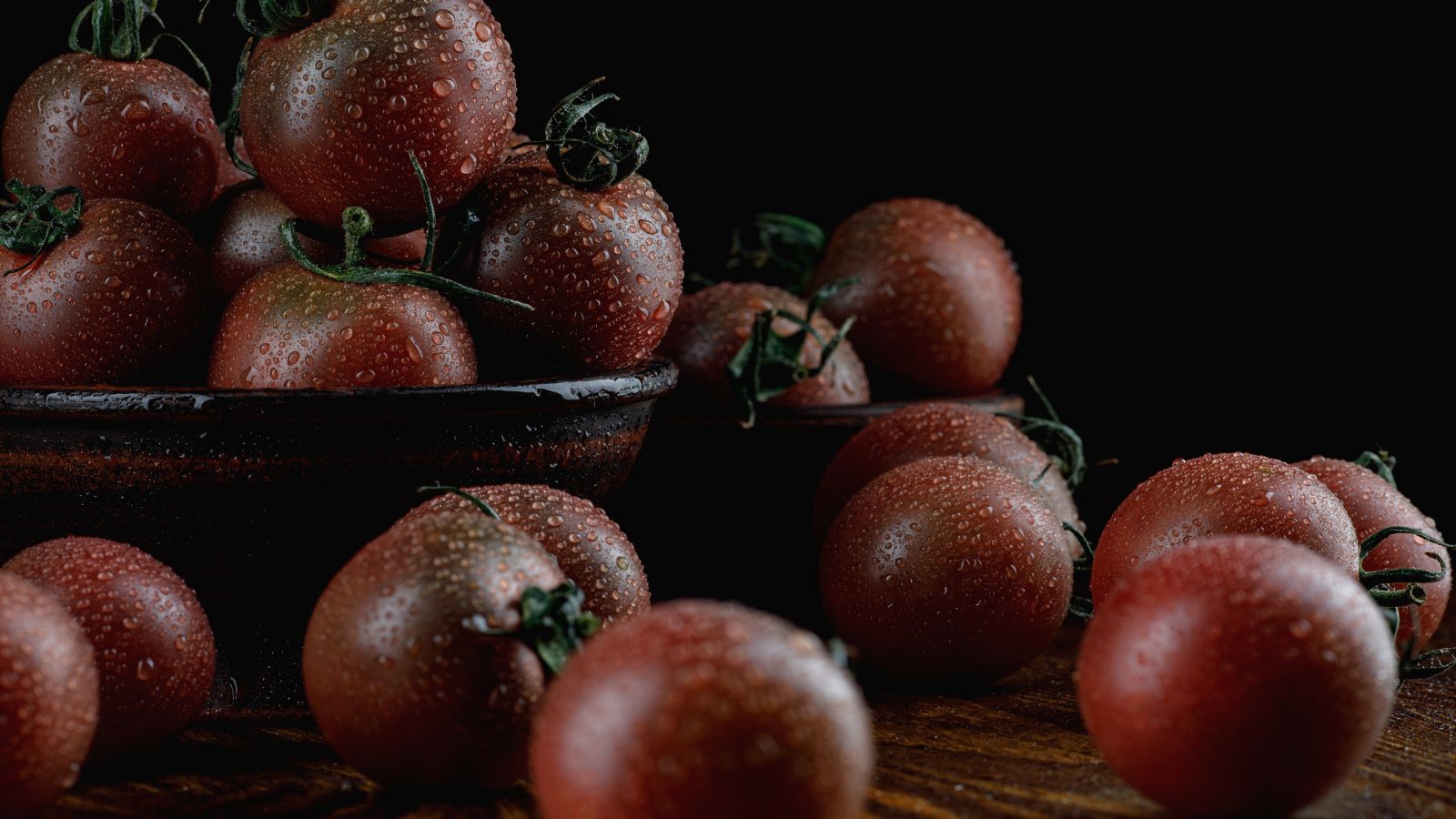
These dark-colored tomatoes have a rich, earthy flavor that’s perfect for salads and sandwiches. Ranging from dark purple to almost black, they are known for being sweeter than the red tomatoes we are familiar with, meaning lots of people enjoy eating them on their own as you would grapes.
Green Zebra Tomato
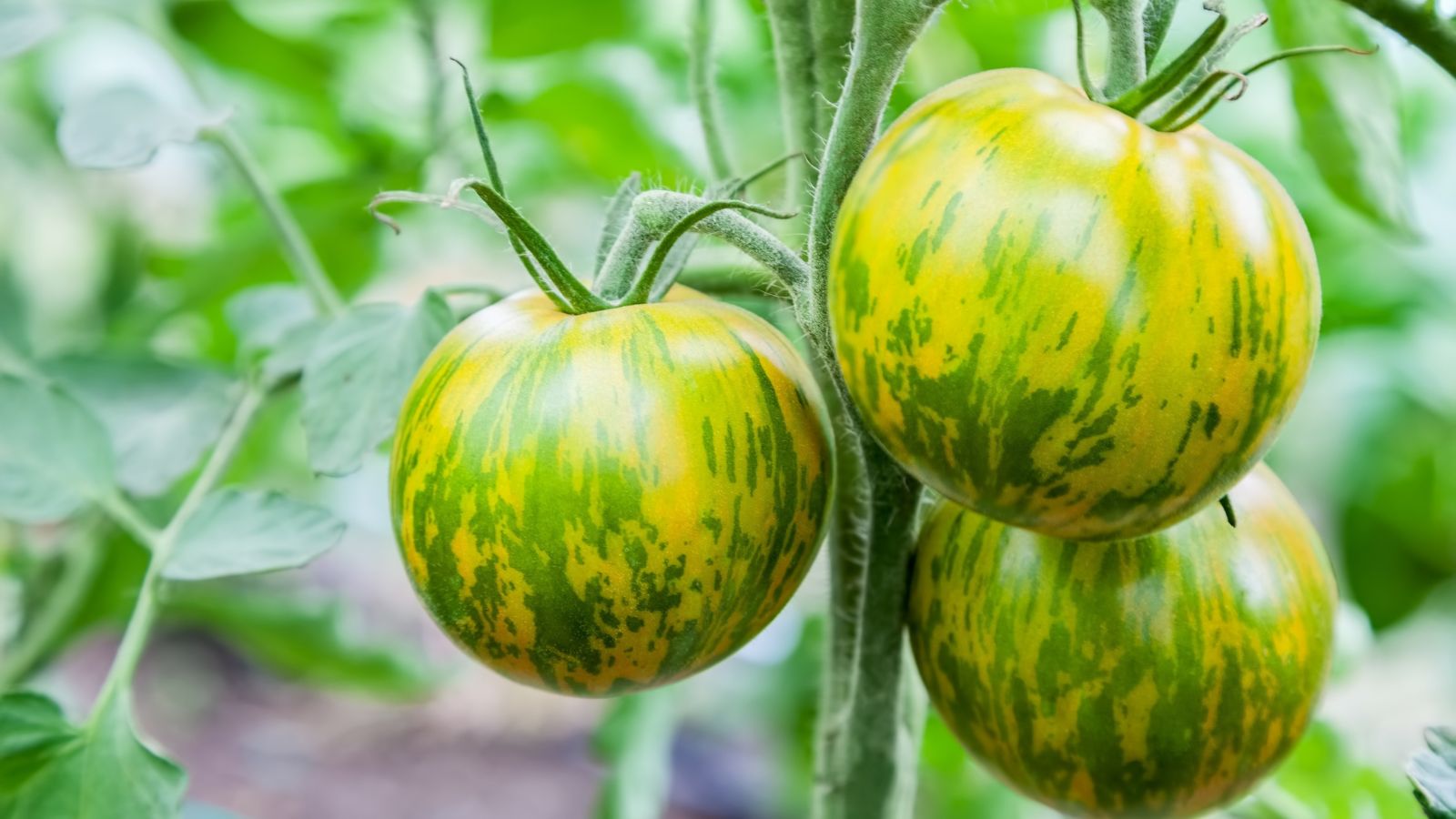
Another heirloom tomato that’s a breeze to cultivate is the Green Zebra. True to its name this tomato features stripes adding a playful touch to your garden. When plated these intriguing tomatoes offer a citrus flavor that enhances salads and salsas.
Yellow Pear Tomato
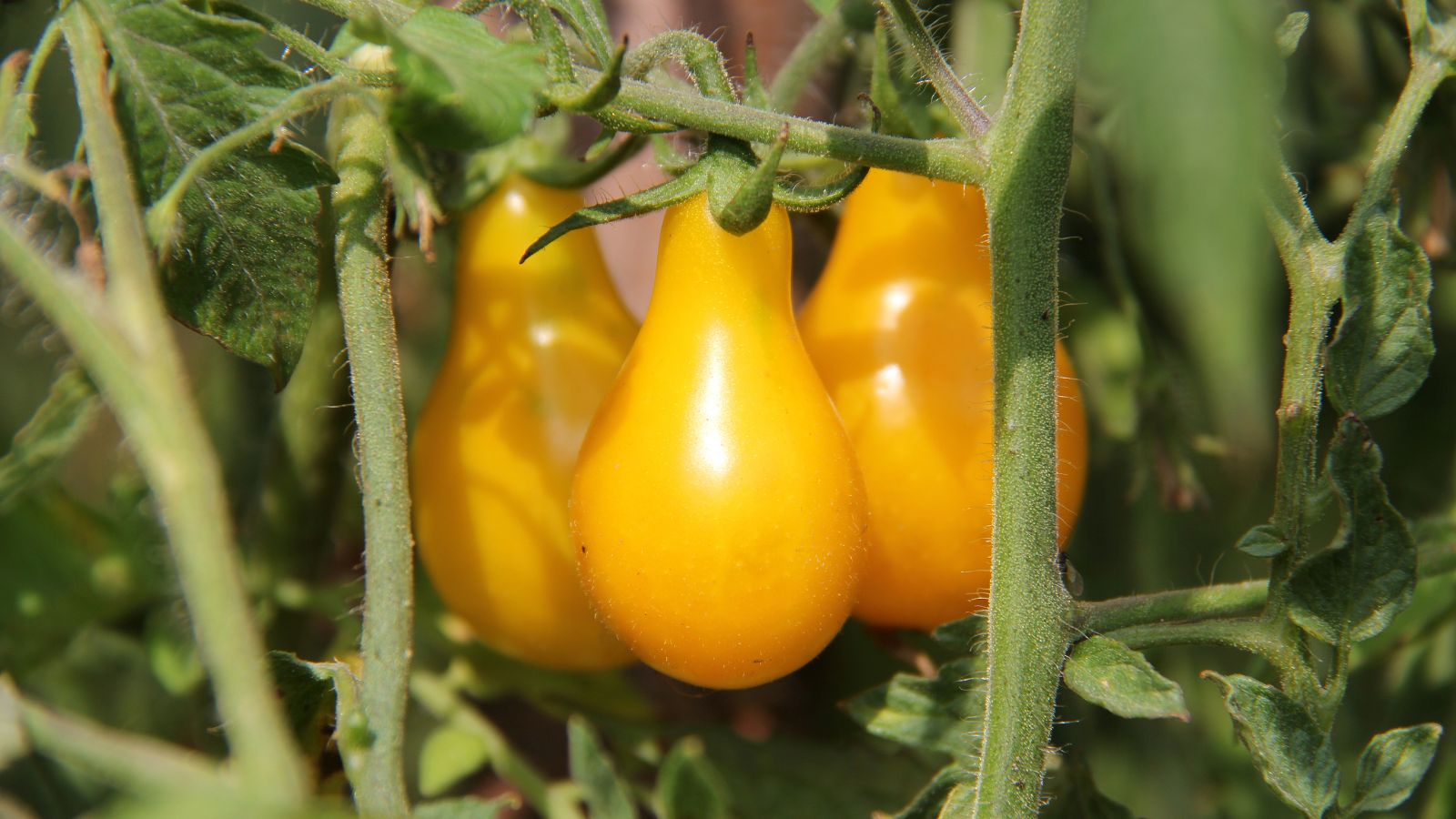
Giving the Green Zebra and the Black Tomato a run for their money is the yellow pear tomato. Shaped like little pears, these yellow tomatoes have a sweet and fruity flavor that taste great in pasta dishes.
Purple Cauliflower
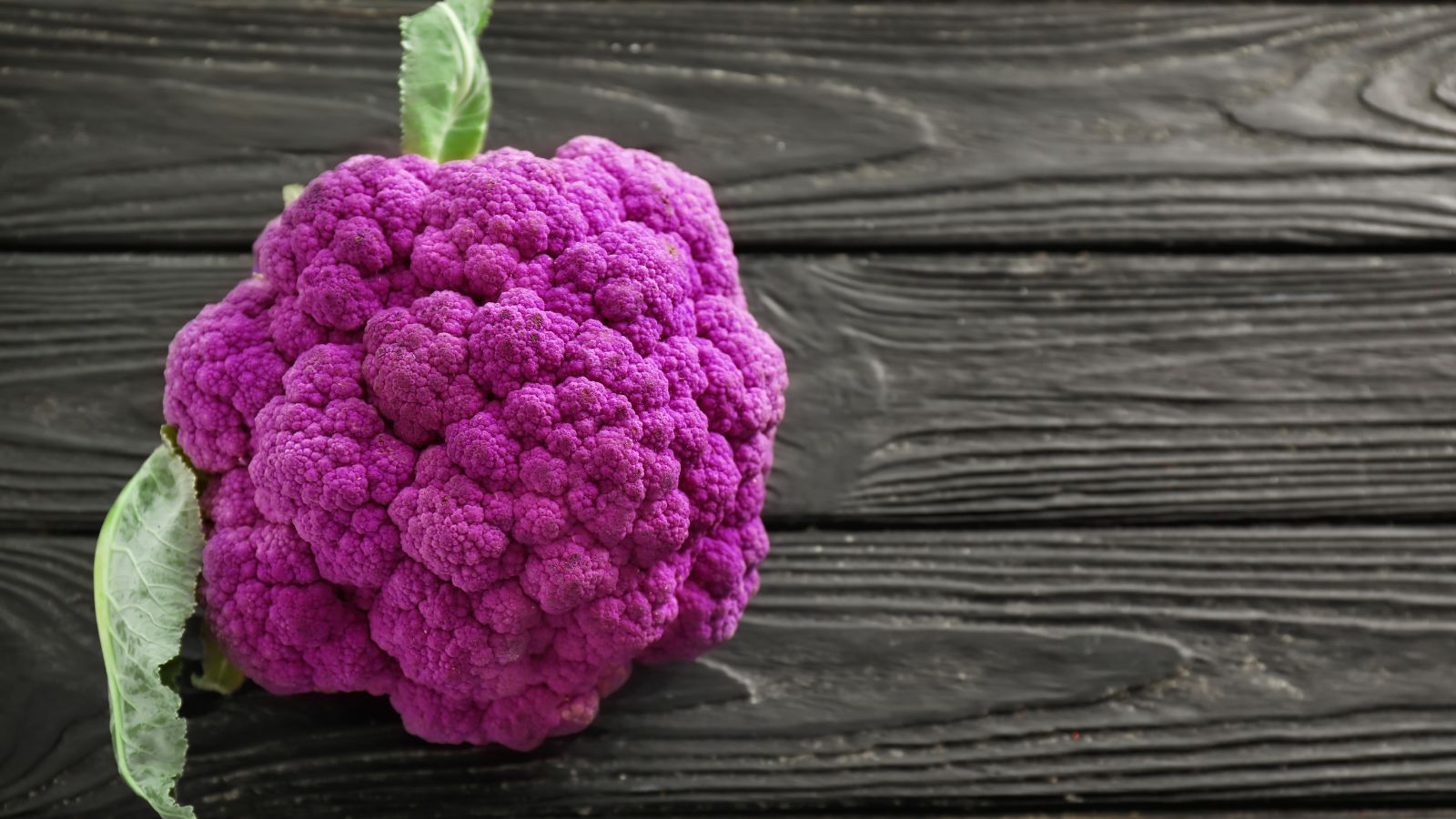
This vibrant cauliflower not only looks stunning in the garden but also has a much superior flavor than standard white cauliflower. Purple cauliflower has a slightly sweet and nutty flavor and is a great addition to stir-fries, roasted vegetables or even eaten raw with a dip.
Lemon Cucumber
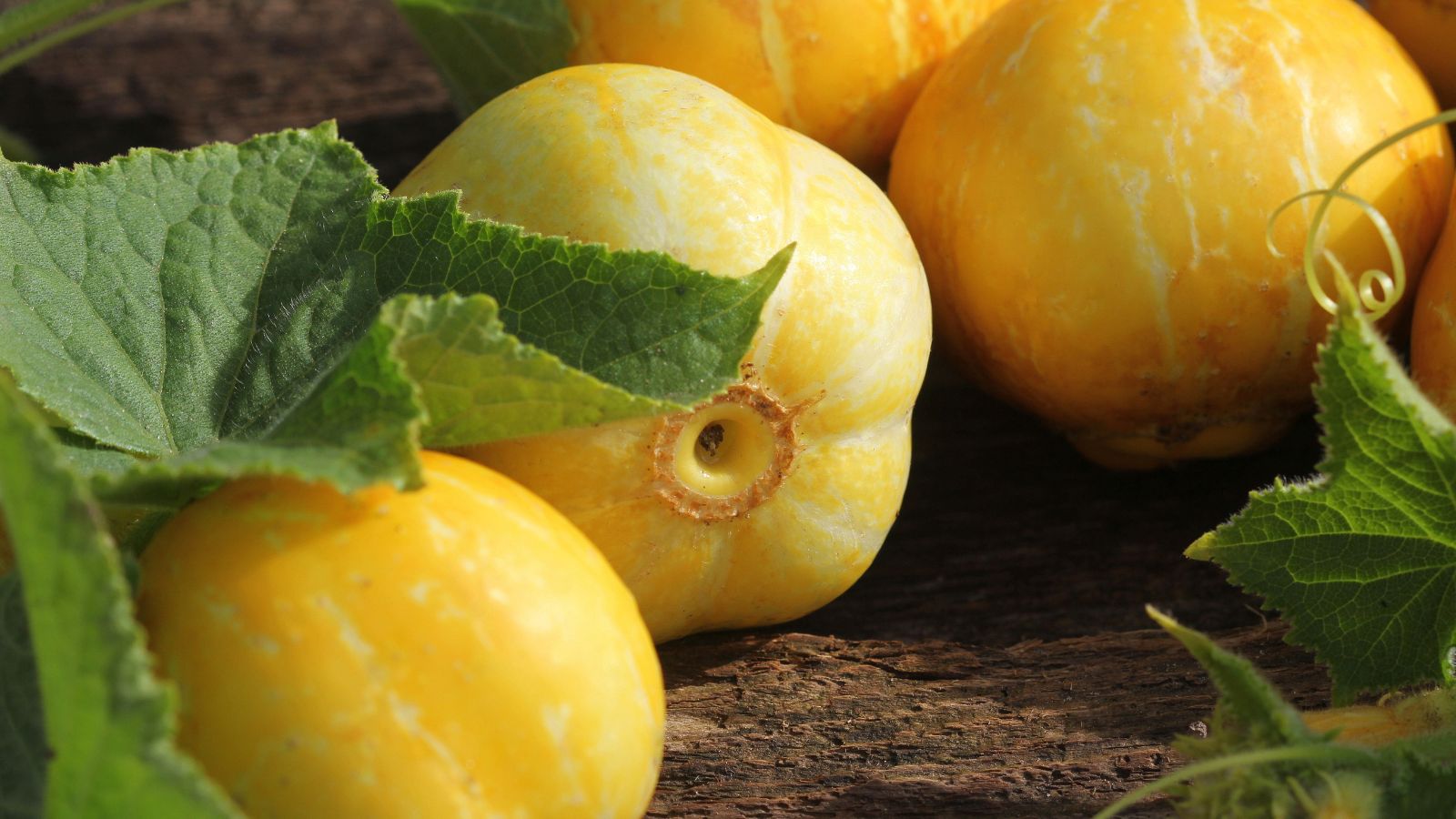
These small, yellow cucumbers have a distinctive lemon flavor and a crisp texture, making them perfect for salads or pickling. The unique taste also means they’re great on their own as a healthy snack and they’ll certainly be a talking point when you take out your lunch at the office.
Rattlesnake Bean
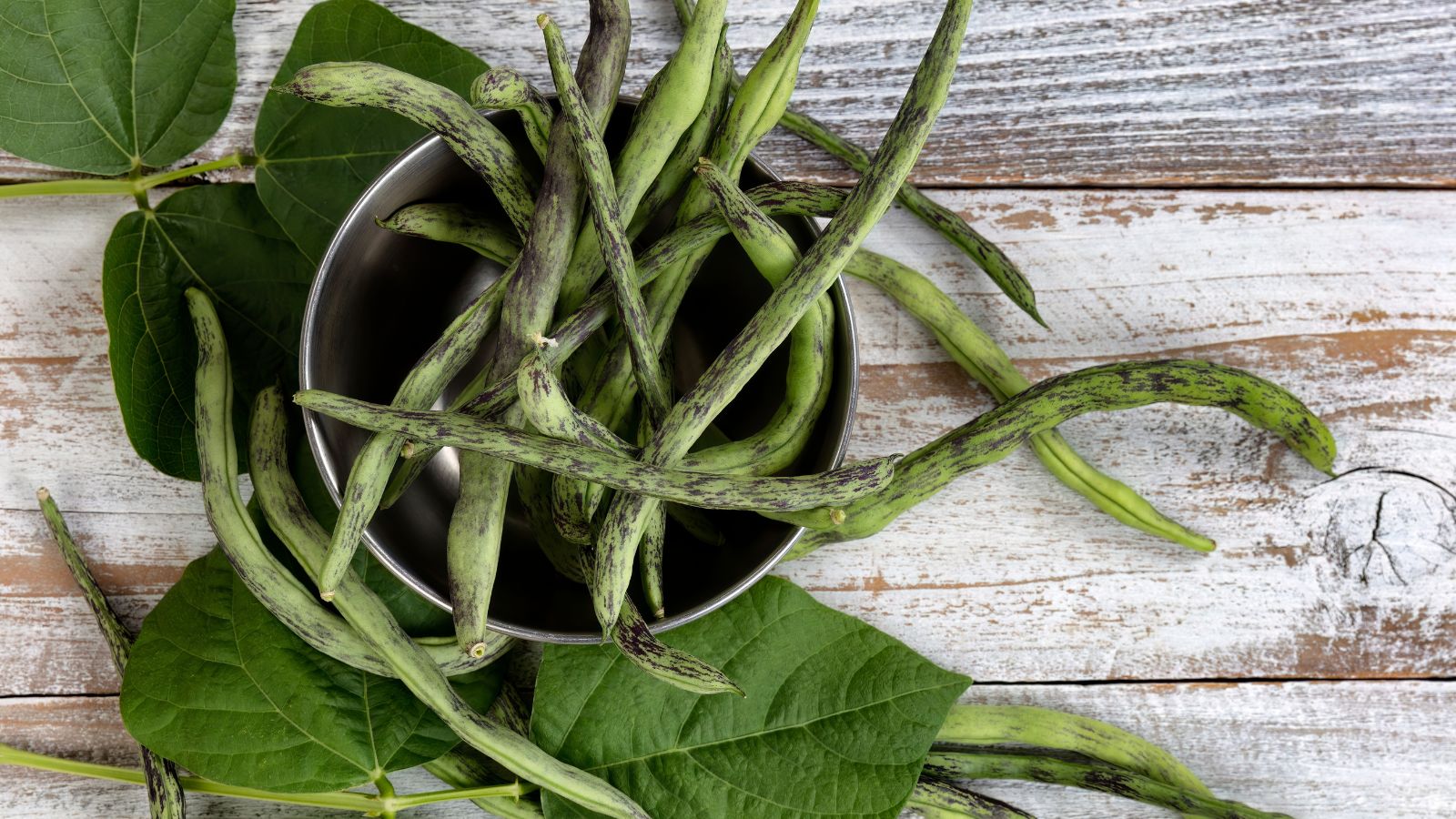
These long, slender beans have a speckled green and yellow appearance and a slightly nutty flavor. With such a unique flavor, these beans are best eaten steamed or stir-fried without any need for sauces.
French Breakfast Radish
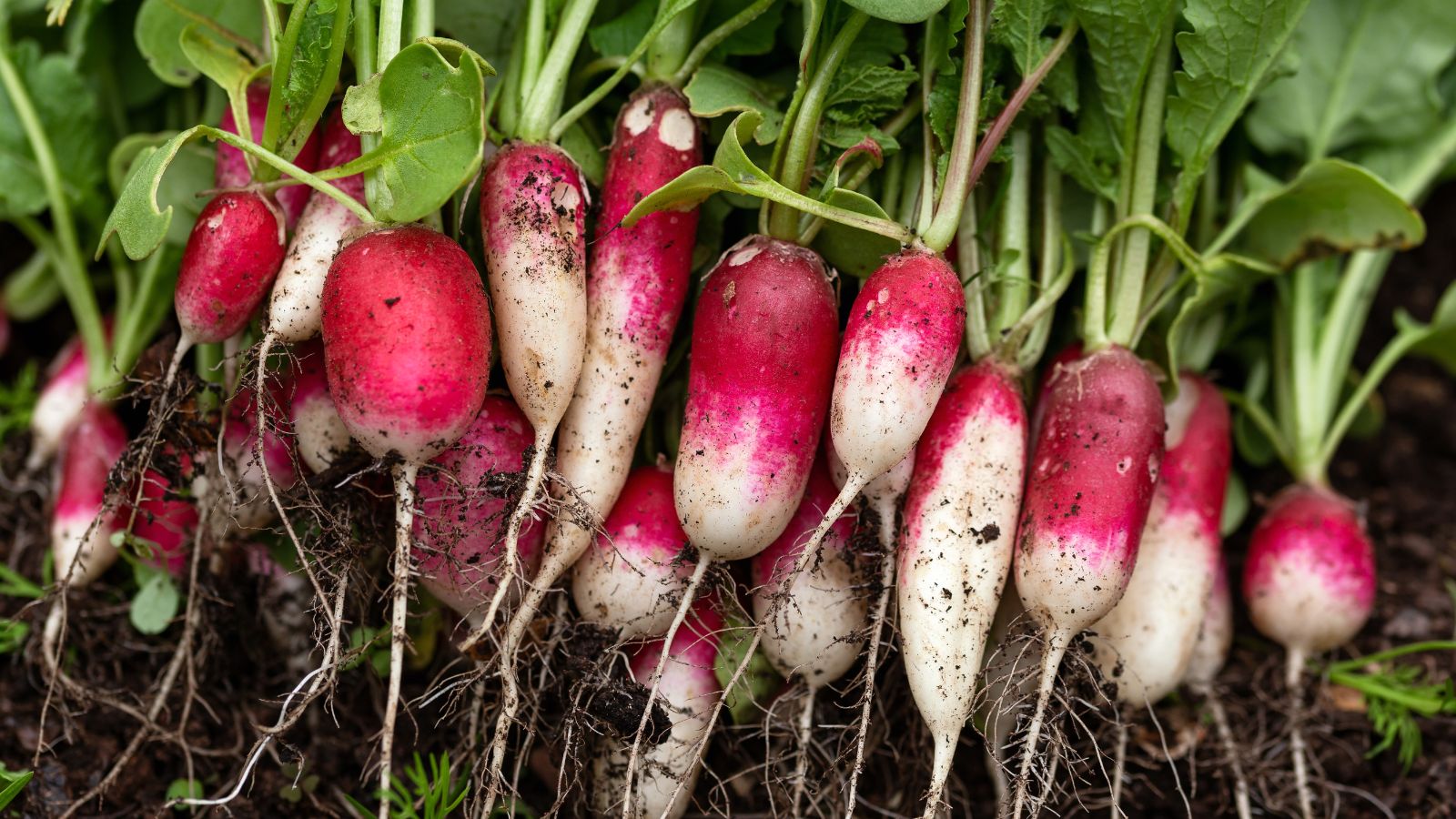
Unlike its rounder radish cousins, the French Breakfast radish is elongated and slender, with a red body that tapers to a white tip at the root. These radishes have a milder, sweeter flavor than round radishes and add a spicy kick to salads or sandwiches.
Black Spanish Radish
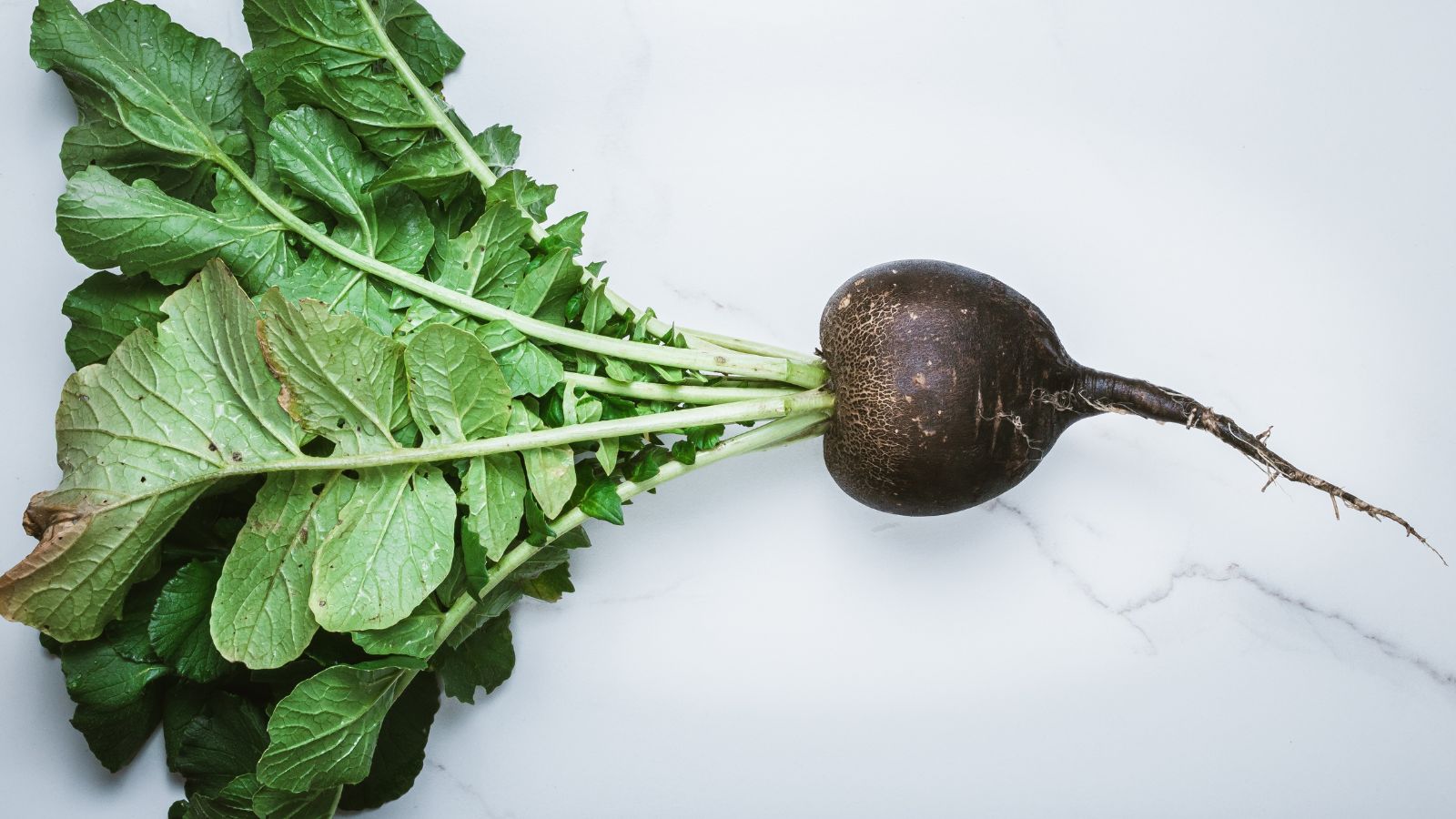
Another milder radish for those who don’t like them too hot is the Black Spanish Radish. These radishes have a peppery flavor that mellows when cooked but they’re best served raw, grated into salads.
Garlic Chives
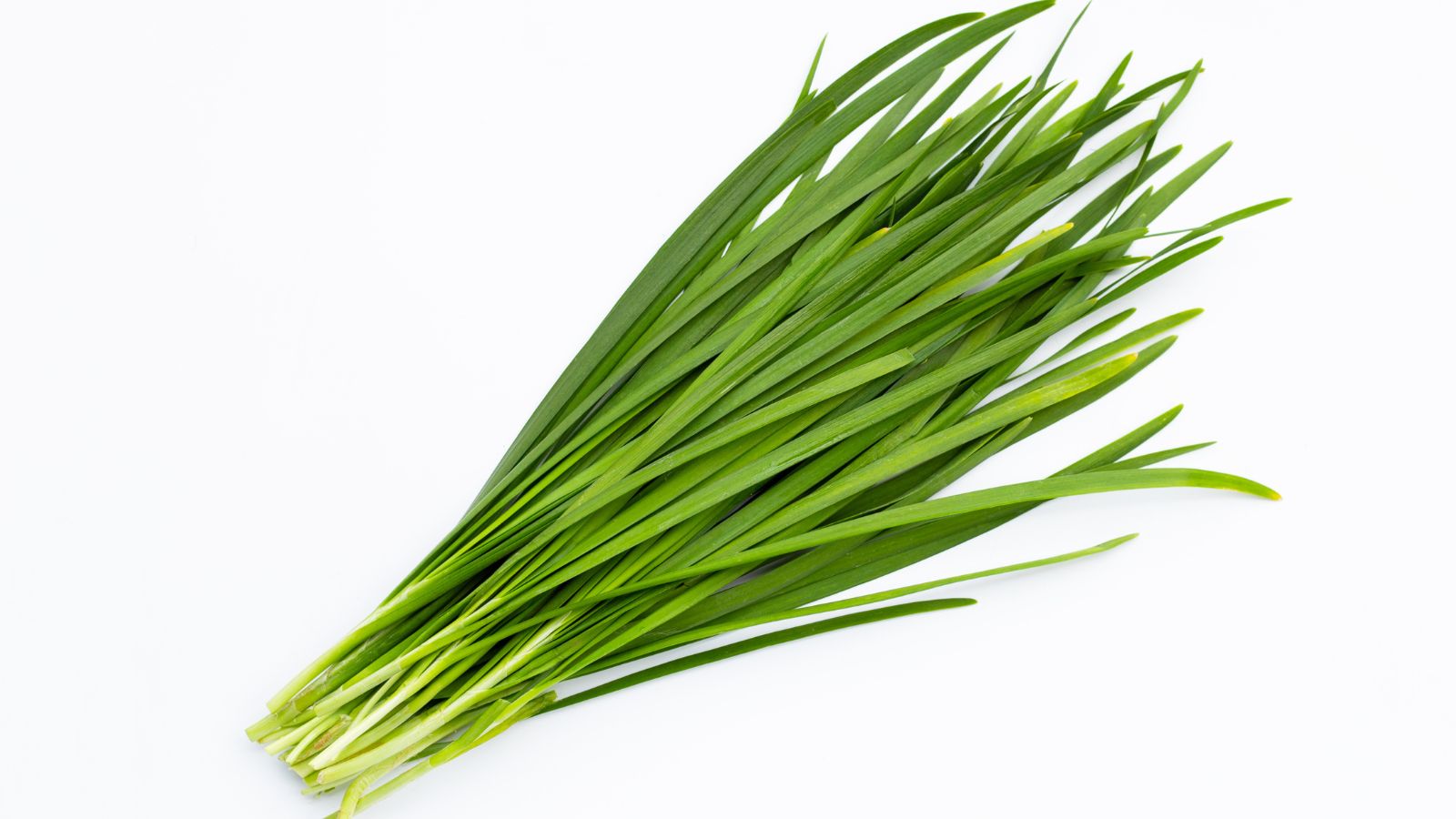
Garlic chive plants have a flat, green leaf and a mild garlic flavor. They are a versatile ingredient that can be used in various dishes, from omelets and soups to stir-fries and potato salad. A great choice for when you want to add a punch of flavor but don’t want to use an overpowering garlic clove.
Lacinato Kale
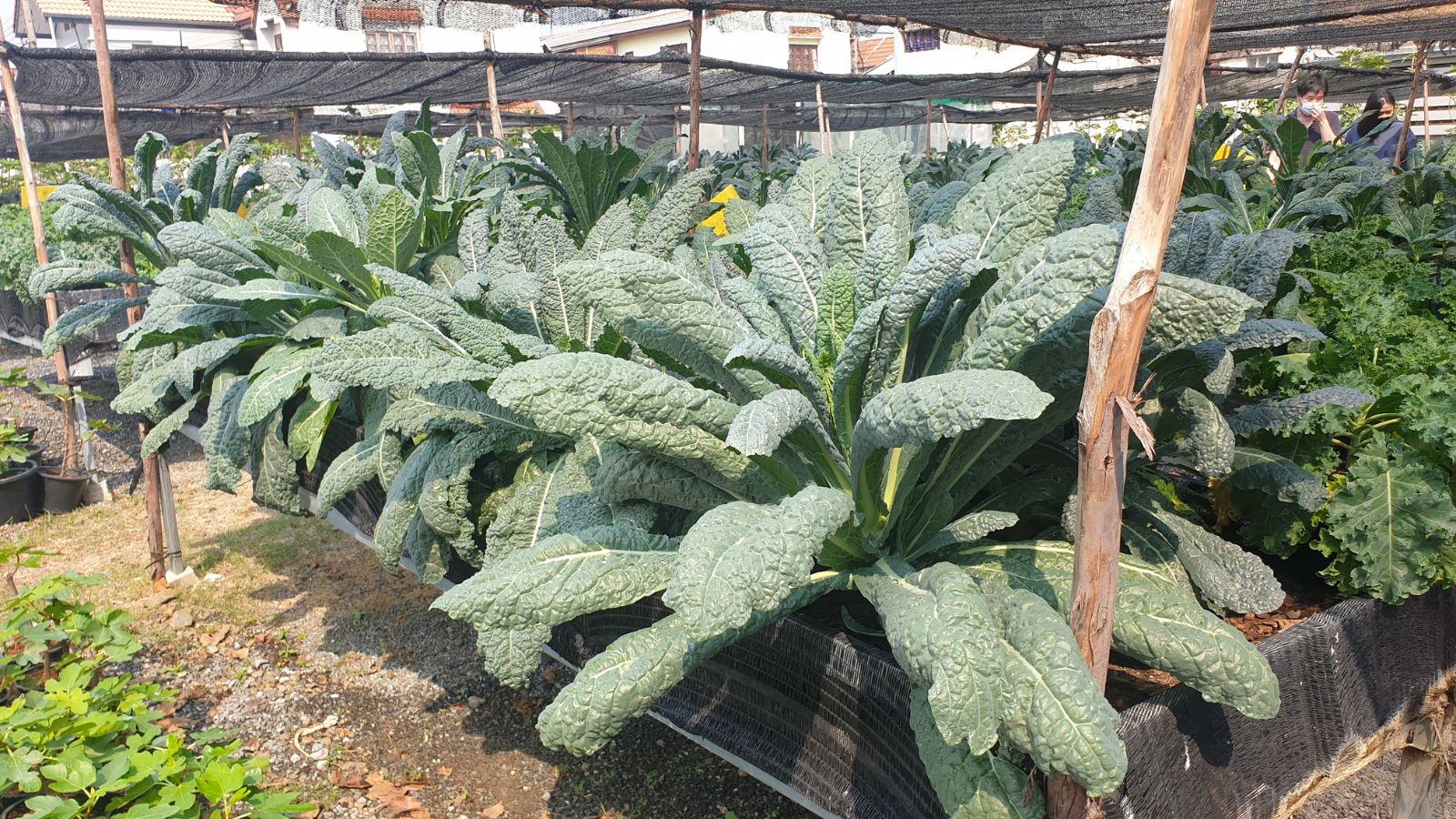
Also known as Dinosaur Kale, this dark green kale has a bumpy texture and a slightly bitter flavor that mellows when cooked. Kale is a great source of vitamins and antioxidants and it can easily be enjoyed sauteed to add to soups, stews or as a side dish.
Red Mustard Greens
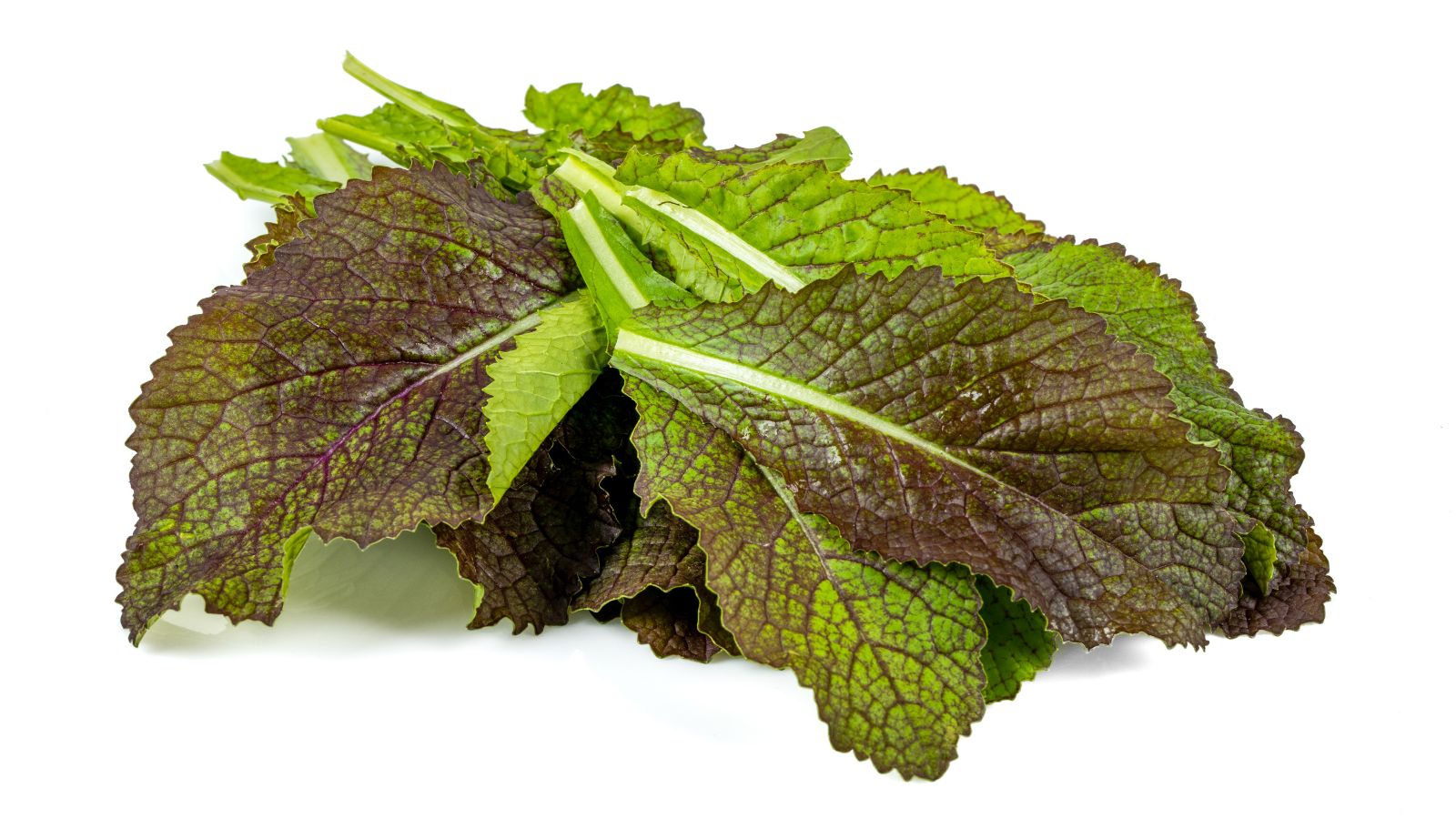
Red Mustard Greens are common in salads and enjoy a spicy, peppery flavor. As a member of the brassica family, it is a good source of vitamins A, C, and K, as well as calcium and folate much like kale.
Romanesco Broccoli
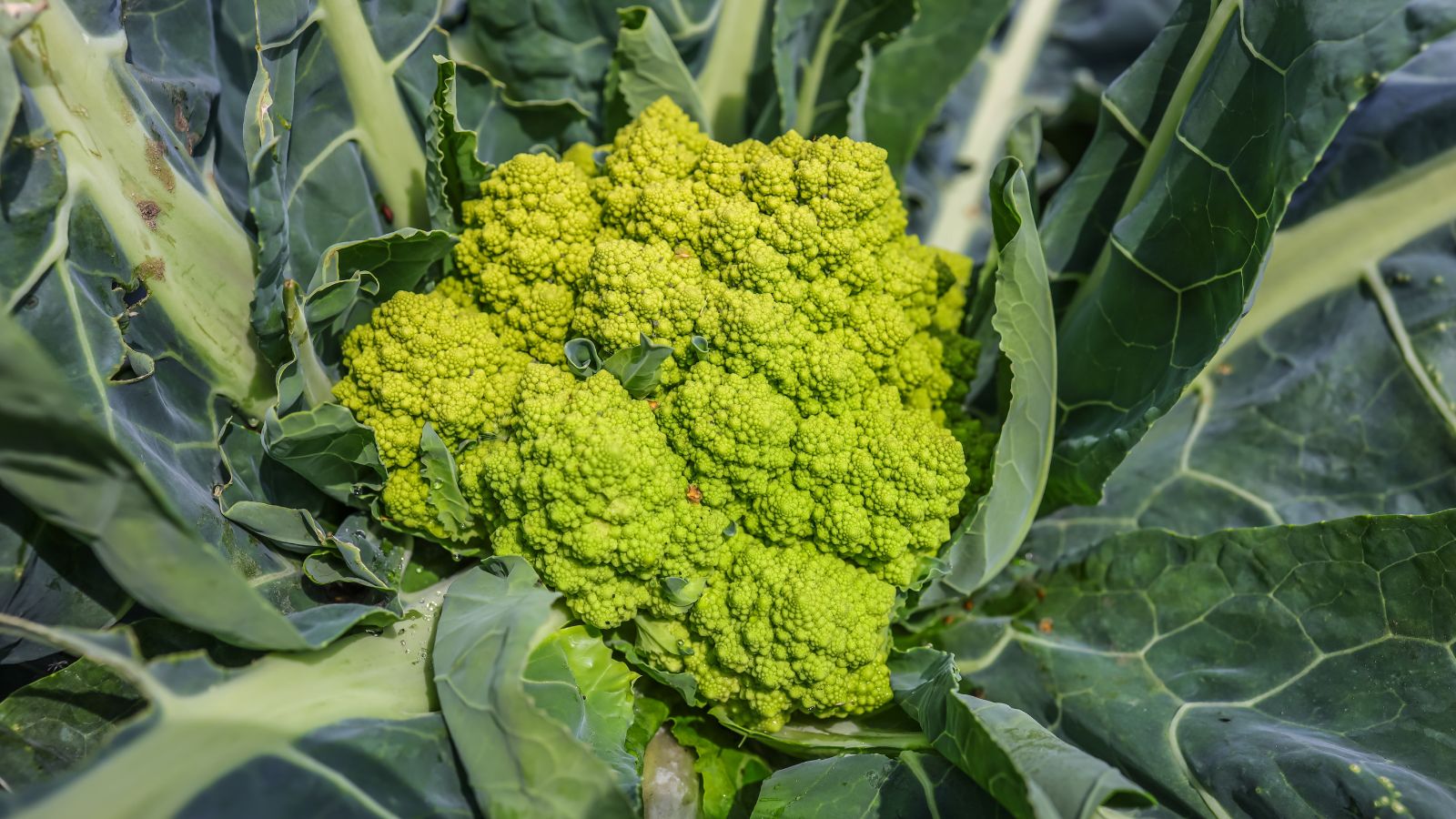
Romanesco broccoli is one of the most common heirloom vegetables you will see in the grocery store. This unique broccoli features a fractal-like head with spiraling florets and a nutty, sweet flavor. It can be roasted, steamed, or added to soups and stews for a touch of vibrancy to your meal.
Chioggia Beets
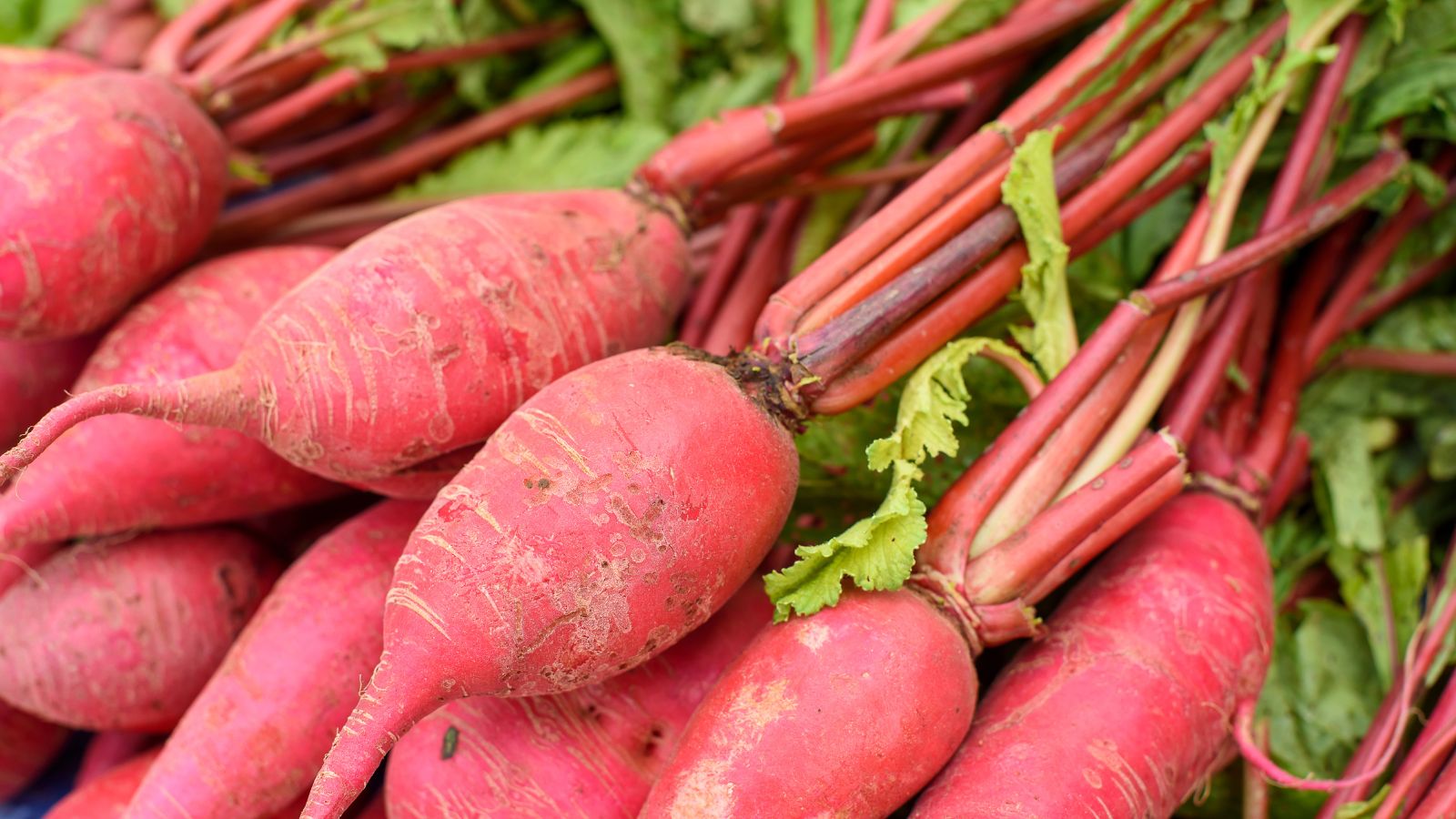
Also known as Candy Cane Beets, these beautiful looking beets have concentric red and white rings and a milder, sweeter flavor than red beets. They can be roasted, boiled, pickled, or added to salads, just as you would general beetroot. Chioggia beets can lose their color and definition when cooked so if you want to show them off.
French Sorrel
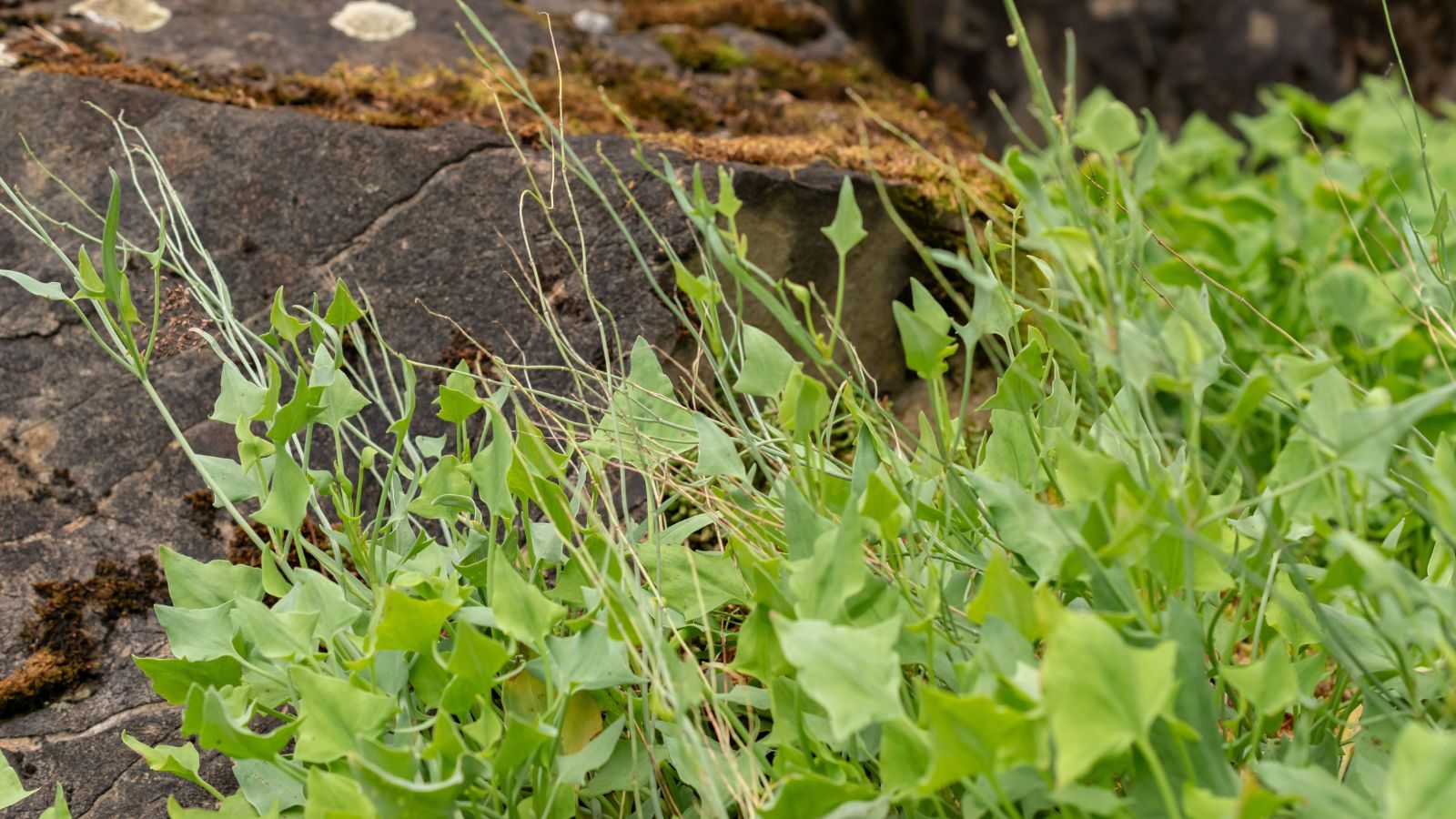
French sorrel, also known as buckler leaf sorrel or shield leaf sorrel, is a leafy green that has a lemony flavor. It can be quite tart but does pair well with cream and butter so its perfect in stews and sauces.
Red-Stemmed Swiss Chard
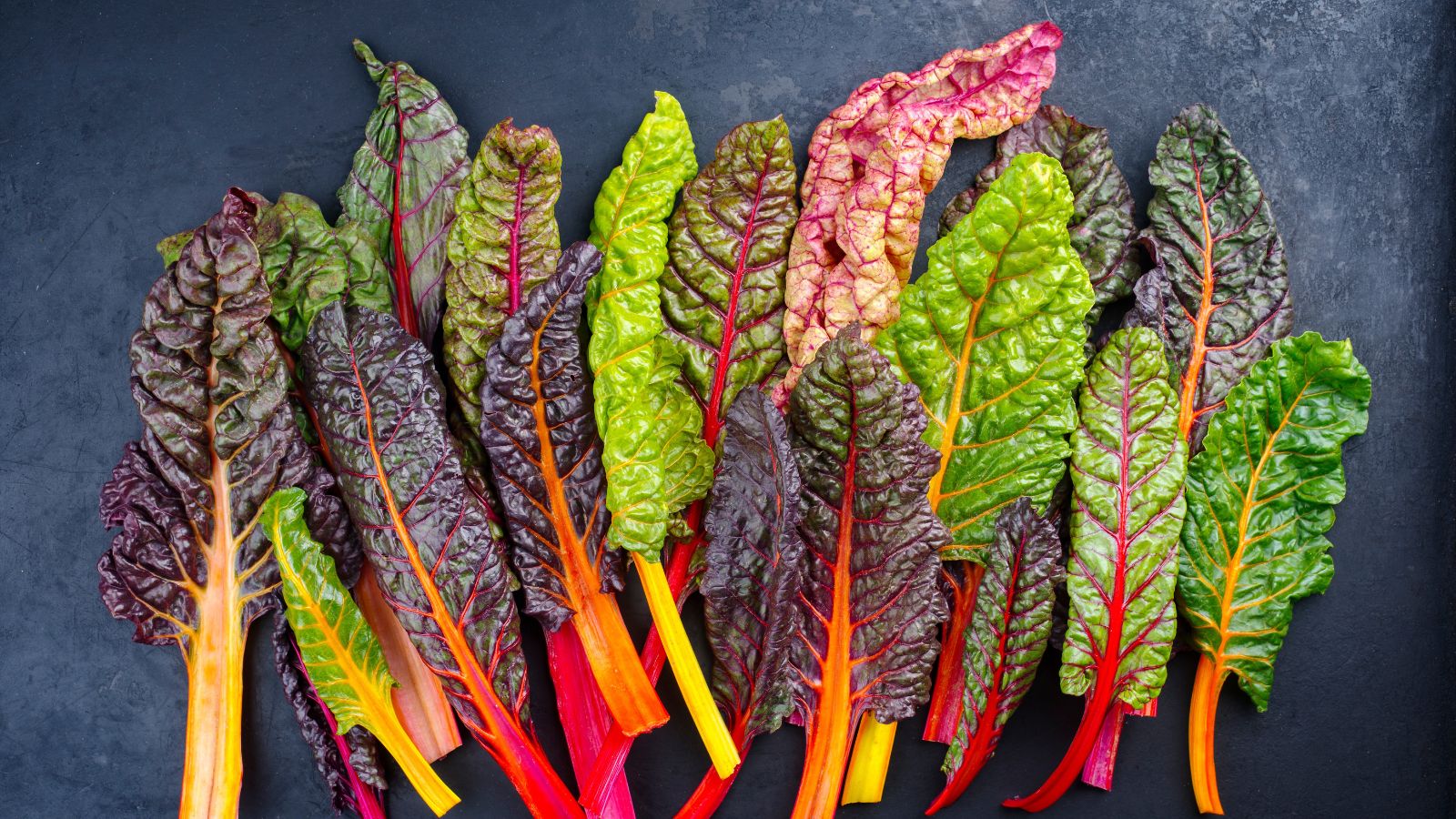
This vibrant green chard with red stems not only looks beautiful in the garden but also tastes great on your plate. It can be sauteed, steamed, or added to soups and stews. It has a slightly milder taste than standard chard and is a good source of vitamins A, C, and K as well as magnesium and iron.
Okra
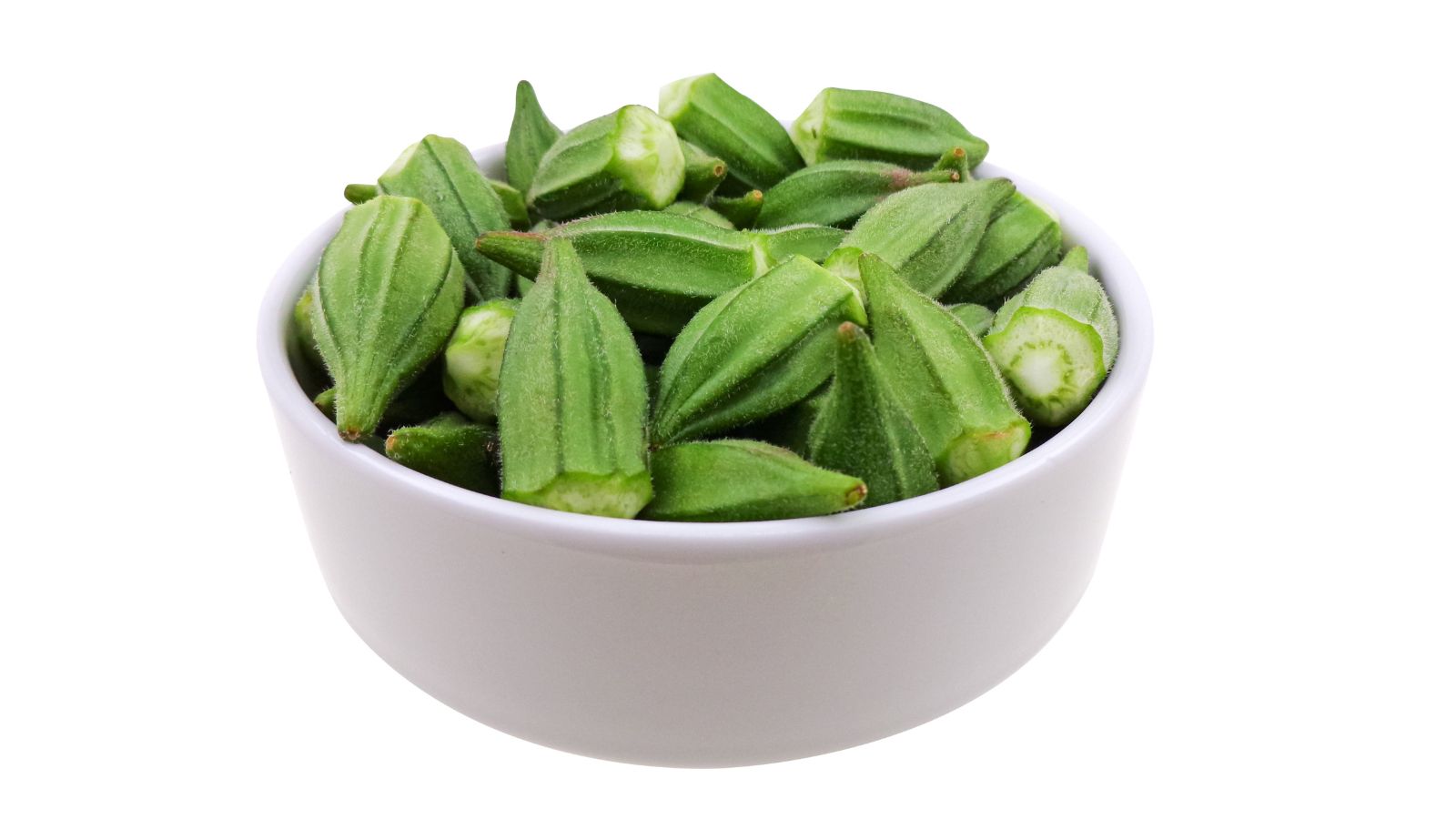
These green pods, also known as Ladyfinger, have a slightly sticky texture and a delicate flavor that pairs well with tomatoes, onions, and other vegetables. Okra is a staple ingredient in gumbo and other Southern dishes as well as being popular in Indian stews.
Scarlet Runner Beans
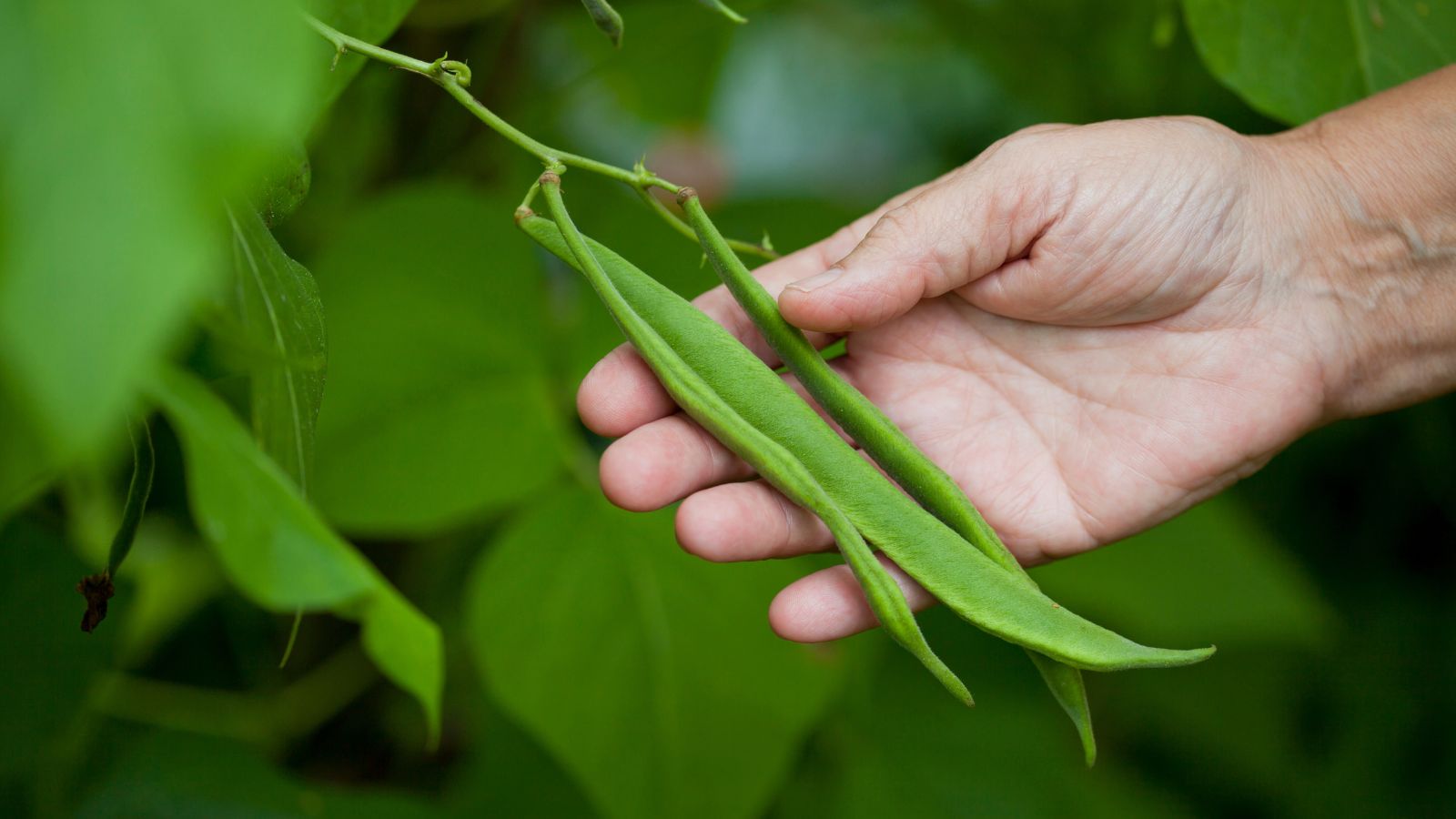
These bright red beans are visually striking but also a good source of protein and fiber. You can enjoy them freshly cooked or you can dry them out to be stored for later use. Once dehydrated, the beans will need to be soaked overnight before cooking.
Arugula
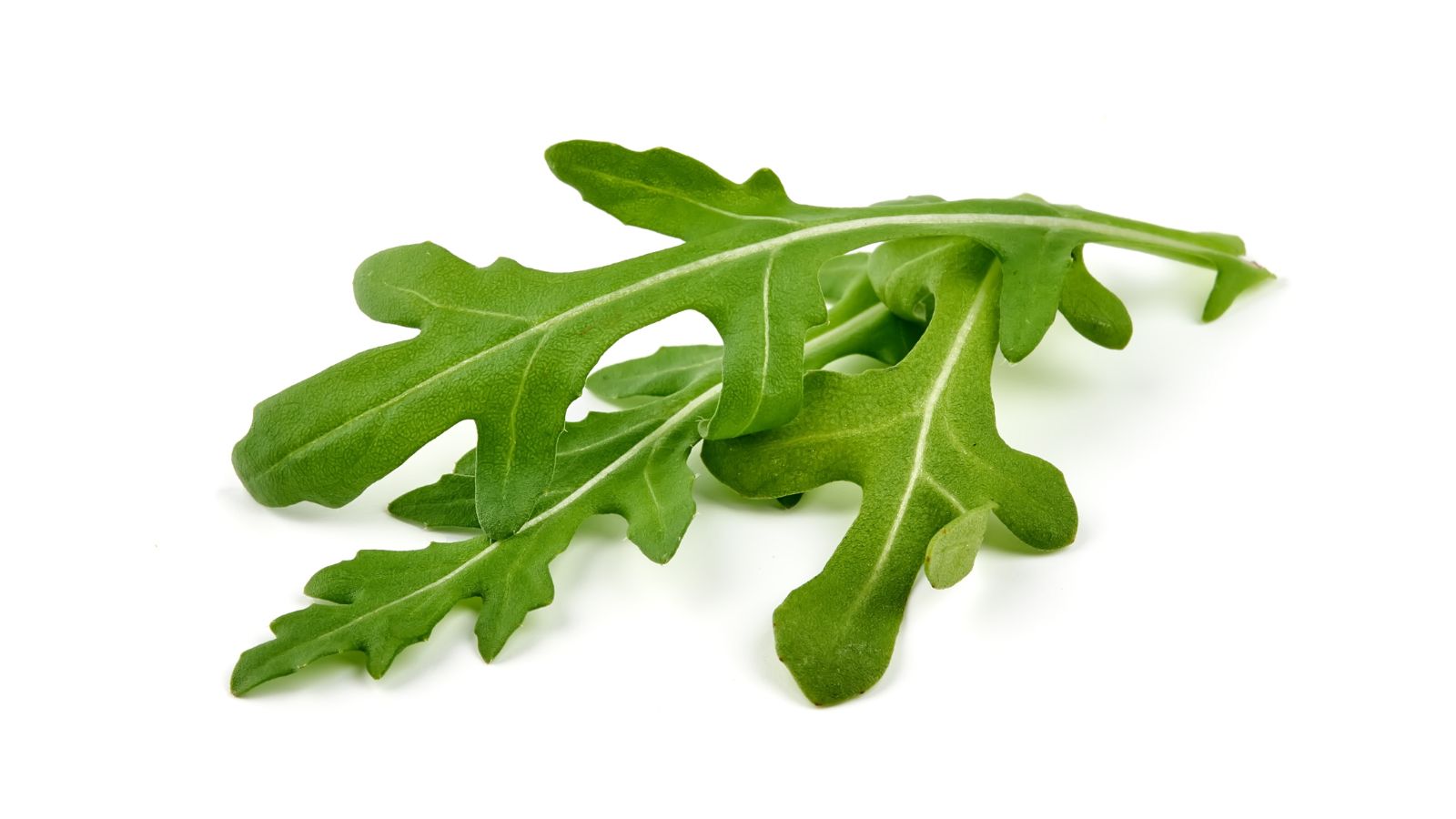
Aruglua, also known as rocket, is a peppery salad green with a slightly bitter flavor. It can be eaten as it is or used in pesto or as a garnish for pizzas and pasta dishes. Some arugula can be quite fiery but it’s difficult to tell just by looking at it so be prepared with a glass of water nearby.
Belgian Endive
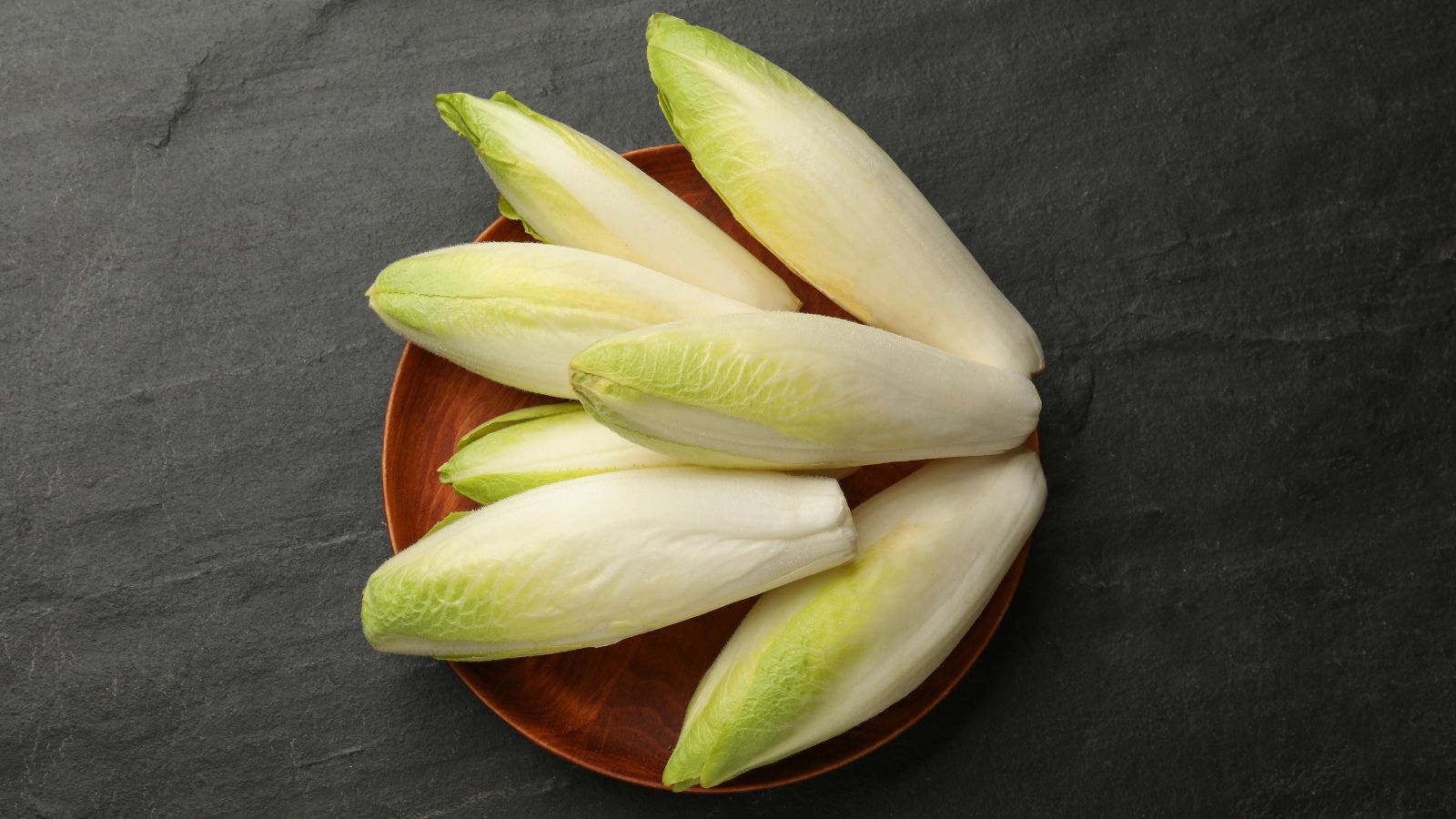
Belgian endive, also known as white chicory, has a slightly bitter flavor that’s balanced by a hint of sweetness. They are often enjoyed with cheese and fruit or used in salads with a creamy balsamic dressing.
Golden Bantam Corn
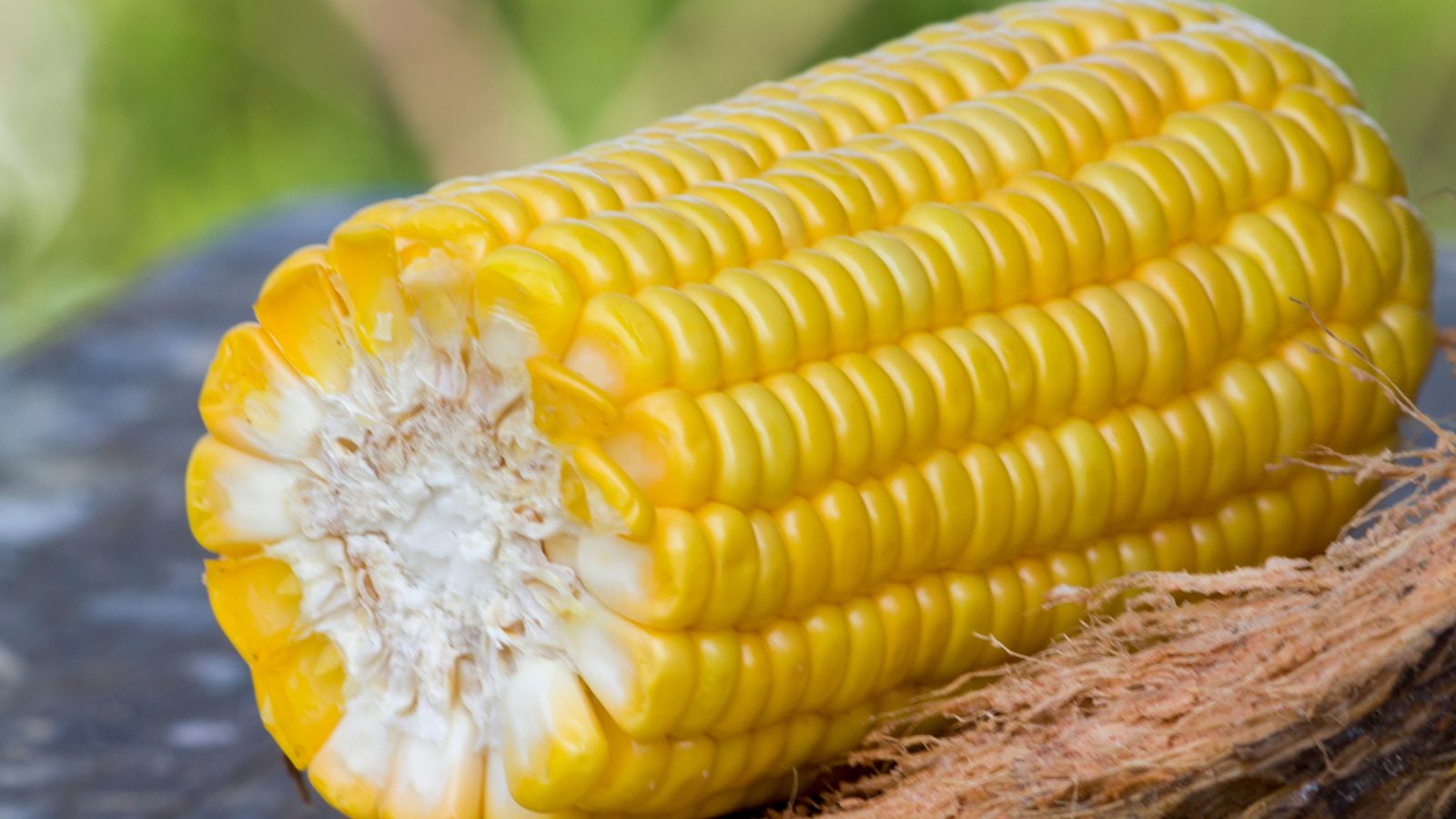
This variety is known for its outstanding deep sweet flavor and tender kernels. Compared to modern hybrids, Golden Bantam has a richer, more complex sweetness. It is a popular heirloom variety as it is easy to grow, maturing 60-90 days depending on the weather.
Moon and Stars Watermelon
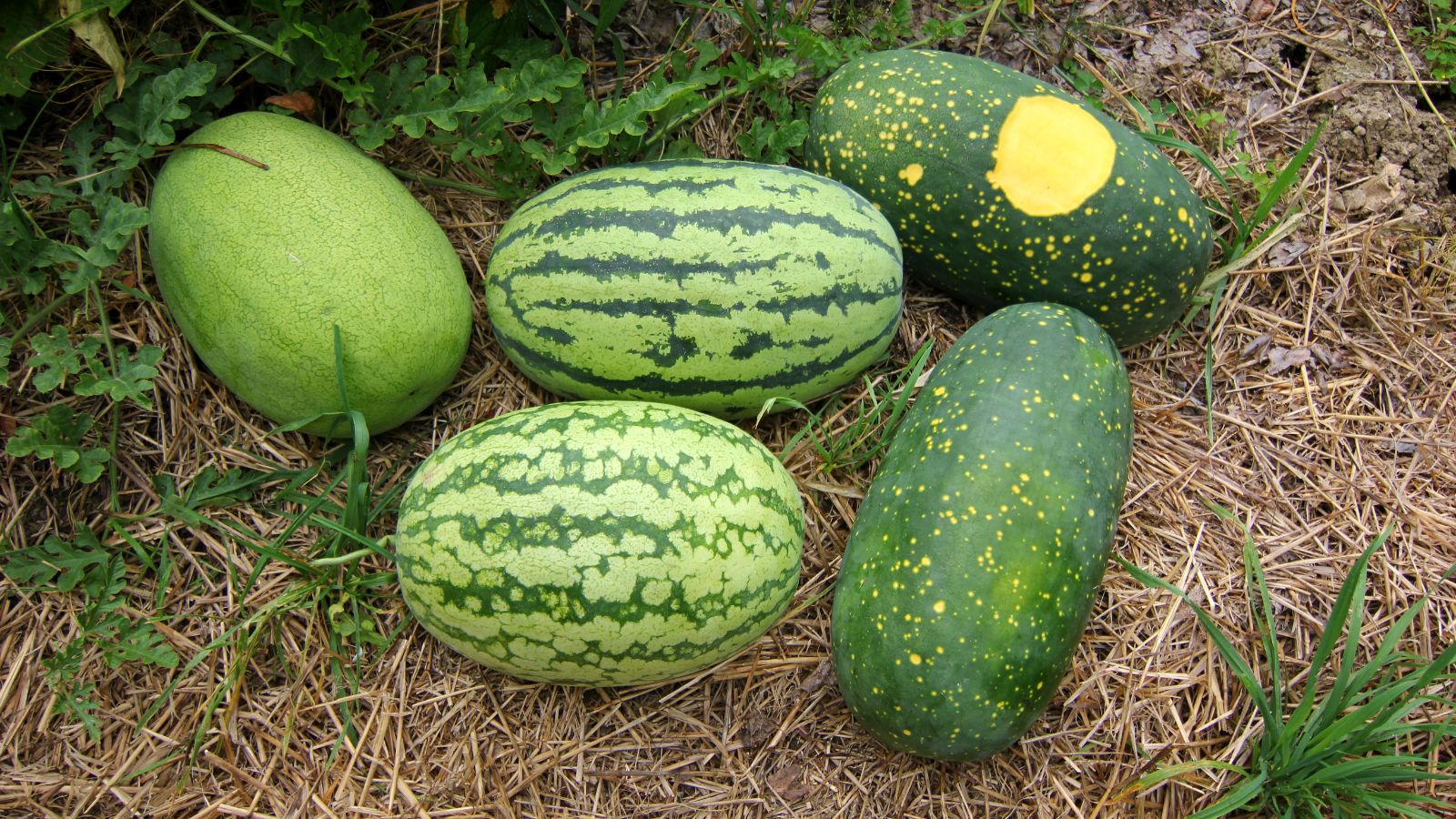
A true conversation starter, the Moon and Stars watermelon has a dark green rind speckled with bright yellow spots of various sizes. The melon’s name comes from the one or two larger “moon” spots on each lemon, giving them their distinctive look. The foliage even has tiny yellow speckles that mimic the starry night sky, making this fruit almost too good to eat.
The 10 Most Reliable Car Brands According to Mechanics
![]() When choosing a car, one of the most crucial factors is reliability. But what exactly does it mean when we say a car is reliable? Reliability refers to the vehicle’s ability to perform consistently well over time with minimal issues. A reliable car requires fewer repairs, is cost-effective to maintain, and offers peace of mind to the owner. In this article, we delve into the ten most reliable car brands according to mechanics, explaining why these brands are trusted and highlighting endorsements from institutions, car experts, and reputable websites. The 10 Most Reliable Car Brands According to Mechanics
When choosing a car, one of the most crucial factors is reliability. But what exactly does it mean when we say a car is reliable? Reliability refers to the vehicle’s ability to perform consistently well over time with minimal issues. A reliable car requires fewer repairs, is cost-effective to maintain, and offers peace of mind to the owner. In this article, we delve into the ten most reliable car brands according to mechanics, explaining why these brands are trusted and highlighting endorsements from institutions, car experts, and reputable websites. The 10 Most Reliable Car Brands According to Mechanics

Abhishek Ragunath is specialized writer for Trendonomist focusing on topics related to Investing, Money, Technology, Marketing and everything in between. He enjoys hiking, travelling, and is a self proclaimed foodie! He has written for brands including Hashtag Investing, Motely Fool, WallstreetZen & More.
